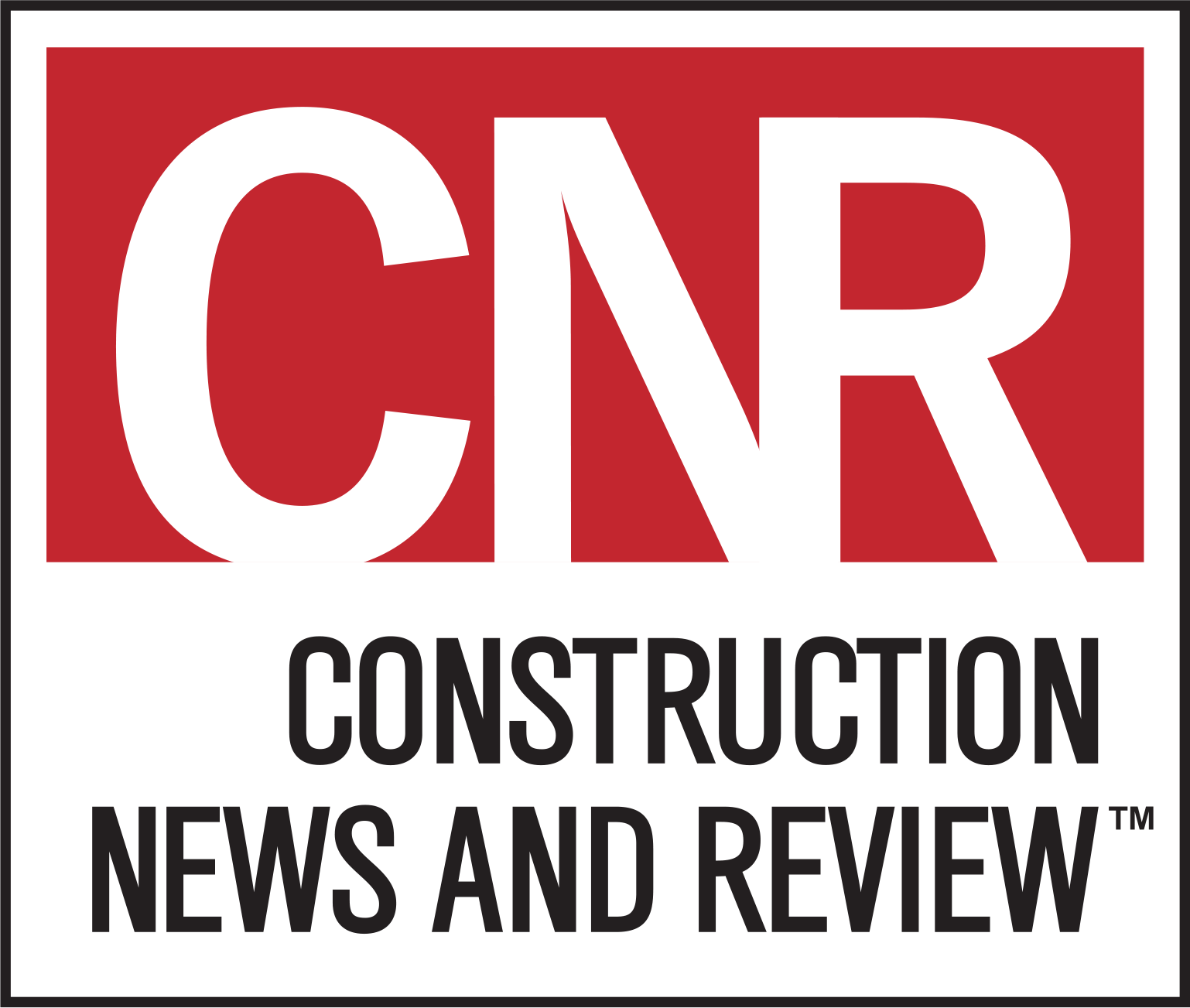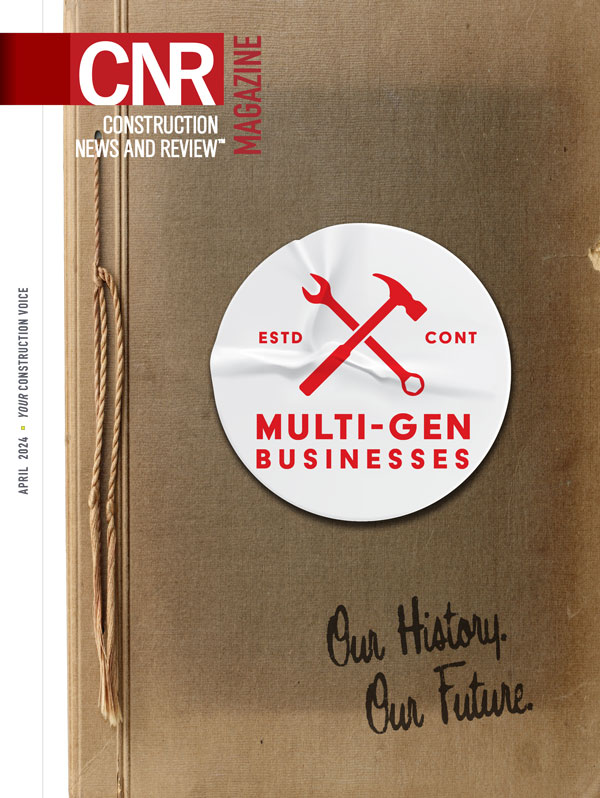Increasing Affordable Housing Stock Through Modular Building
By MICHELA ZONTA
Modular building, if brought to scale, has the potential to reduce construction costs and make building new homes more affordable, especially in areas experiencing severe affordable housing shortages.
The United States is in the middle of a severe housing affordability crisis, largely due to a supply shortage that is difficult to address in a timely manner with traditional subsidies and construction methods. Today, home building still relies predominantly on the traditional, site-built construction process. However, the on-site construction industry features growing productivity inefficiencies due to its significant fragmentation and a critical shortage of skilled construction labor. In addition, construction costs have increased over time, making it even more challenging for developers to add new affordable units to the housing market, especially in high-cost areas. The high cost of building new housing is driven by several factors. These can be grouped into three categories: 1) construction inputs, such as land, materials and labor; 2) land use regulations, which dramatically limit both the location and scale of new housing; and 3) financing complexity, which includes the timing and uncertainty around securing and layering various public subsidies to produce affordable housing units.
Solving the housing affordability crisis will require policy reforms that address all three sources of housing cost escalation. Modular housing can reduce the first category of production costs: construction inputs.
Modular building, along with the scaling of accessory dwelling units, is among the initiatives announced by the Biden administration to lower construction costs while rapidly increasing the supply of affordable housing. This practice has also received increasing attention from federal agencies, municipal governments and housing advocates. Modular homes are not to be confused with mobile homes and manufactured homes, which are partially constructed in factories and assembled on a permanent trailer chassis and are subject to the U.S. Department of Housing and Urban Development’s design and fabrication standards and different financing requirements.
Modular construction has many potential benefits, including cost savings, shorter development timelines, and an overall safer and more efficient development process.
Despite these benefits, modular building still represents a relatively small segment of the construction market in the United States, in contrast to other countries where the practice is well established. A greater market share in the United States has been limited by several factors, including financing and payment schedules; scarcity of manufacturers; lack of consistency in local jurisdictions’ building codes, zoning regulations and state transportation requirements; and labor shortage, among other challenges. In addition, a broader acceptance of modular building in the United States has been delayed by the common association of modular homes with mobile homes and manufactured homes, which often carry a negative reputation due to historical stereotypes, low-quality materials, design flaws and financial issues.
States and localities should be encouraged to explore and adopt funding mechanisms that promote innovations in the construction of affordable, resilient and energy-efficient housing. Grants should be made available for modular affordable housing projects that meet specific climate and environmental sustainability criteria.
Federal agencies should expand strategies to make tax-exempt private activity bonds available for modular affordable housing projects, particularly for multifamily developments. Modular firms often struggle to secure the capital needed to expand production capacity. Access to PABs for affordable housing projects would lower financing costs, potentially helping firms attract additional capital for these types of projects.
States facing acute housing affordability challenges should work together to develop uniform building code rules governing modular construction. Every state has different code requirements that make each development bespoke, which increases modular construction costs. Standardized code requirements would enable manufacturers to streamline their production.
Congress should authorize grant and tax credit programs to support the expansion of modular housing construction capacity. Local governments should provide business incentives for establishing modular factories – for example, by purchasing units built off-site; facilitating the use of public land, idle lots and brownfields for creating modular business opportunities; and promoting public-private partnerships
The United States has been experiencing a severe shortage of affordable housing since long before the COVID-19 pandemic. The crisis is particularly acute among renters, who make up 35 percent of U.S. households.Rising demand, shrinking availability and underproduction of affordable units, and the concentration of new construction at the high end of the market have contributed to a rise in rental costs for renters across different income brackets.In 2021, 21.7 million renters – nearly 50 percent of all renters – spent more than 30 percent of their income on housing costs, exceeding the standard threshold of housing cost burden. The number of cost-burdened renters, those who spend more than 30 percent of their income on rent, was the highest recorded since 2001.
Every year, the U.S. housing stock experiences natural losses due to deterioration, obsolescence and increasingly severe natural disasters. On top of such losses, escalating housing costs result in a further loss of affordable units at the bottom of the housing market. In other words, their prices increase out of reach for their prior residents. As rents have outpaced household incomes, housing costs have become a burden for renters across nearly all income levels, mainly due to a shortage of units that renters at different income brackets can afford.
As rents have outpaced household incomes, housing costs have become a burden for renters across nearly all income levels, mainly due to a shortage of units that renters at different income brackets can afford.
The production of affordable rental units has not been sufficient to close the gap between supply and demand, reflecting trends in the broader housing market where several years of underbuilding relative to population growth has contributed to the current housing shortage. Census data indicate that the growth of the housing stock has not kept pace with the growth of households, resulting in an increasingly tight market and higher housing costs. From 2015 to 2022, the national gap between household formations and housing completions widened to 3.1 million units. During that period, approximately 13 million households were formed, while 10.5 million housing units were started and 9.6 million were completed. The latter included 4.2 million units for rent and 5.3 million units for sale. In 2022, there were 15 million vacant homes, which is 13 percent fewer vacant homes than in 2015. Yet only about 3.5 million vacant homes were available for rent or sale in 2022.
The private housing market has not been able to keep pace with the demand for housing, especially in the rental space and for households with low incomes. At the same time, federal assistance in the form of tenant-based subsidies that could help make housing affordable for renters with the lowest incomes has continued to fall short. The affordability crisis calls for a boost in the overall supply of housing that could ease the housing cost burden for households at different income levels.
Modular homes are generally designed and developed with energy efficiency in mind. The construction of modular buildings typically requires 67 percent less energy than the conventional construction of equivalent products. The environmental impact of modular construction is often further reduced by the increasingly common use of alternative, renewable power sources by modular manufacturers.
Compared with traditional construction methods, modular building offers more flexibility in addressing short-term issues related to the affordable housing shortage. For instance, modular homes are increasingly utilized as temporary solutions to meet the short-term housing needs of certain populations – such as the homeless, students, older adults, migrants and asylum-seekers – and can be disassembled and redeployed to different locations.
Despite the benefits of modular building, several challenges – including financing and payment schedules, scarcity of manufacturers, regulatory overlap, zoning, state transportation requirements and labor wages concerns, as discussed below – have prevented this construction approach from being adopted widely enough to make an impact in the United States.
The United States has not kept pace with other countries where off-site construction is used extensively to address housing and labor shortages and where modular building represents a much larger share of the market than in the United States. In Finland, Norway, and Sweden, 45 percent of all housing production occurs off-site. In Japan, off-site construction accounts for 15 percent of homes built annually. And in Germany, 10 percent of housing is built off-site. Off-site construction is also expanding in China, Singapore, Australia and the United Kingdom.88
Increasing the supply of affordable housing represents a monumental task, leading to the question of whether modular building is a realistic option to quickly address the affordability crisis given the small scale at which this approach is currently adopted in the United States.
Several challenges, including the negative stigma associated with off-site construction, have prevented U.S. modular construction from becoming an industry standard and from achieving the scale necessary to meaningfully increase the supply of affordable housing.
With proper planning and coordination, modular building has the potential to reduce construction costs and increase cost predictability, helping address the housing affordability crisis. It is estimated that, at present, the off-site construction of a low-rise multifamily project can save 20 percent of total construction costs relative to traditional on-site construction by reducing labor costs, time, and procurement costs as well as by achieving economies of scale in the use of building materials.
The affordable housing crisis in the United States undermines the ability of individuals and families to achieve economic stability and calls for new strategies to increase the supply of affordable, sustainable, and resilient homes in a timely manner. Modular building, if brought to scale, has the potential to reduce construction costs and make it more affordable to build new homes, especially in areas experiencing severe affordable housing shortages. Most importantly, modular building can deliver housing quickly to meet the needs of cost-burdened individuals and families who would otherwise be displaced or become homeless. With coordinated initiatives by governments at all levels, bringing modular building to scale could also contribute to making the housing stock more resilient and sustainable relative to the challenges presented by climate change.
Michela Zonta is senior policy analyst for housing policy at American Progress.
Fresh Content
Direct to Your Inbox

YOUR CONSTRUCTION VOICE IN ST. LOUIS AND BEYOND
Join CNR Magazine today as a Content Partner
As a CNR Content Partner, CNR Magazine promises to support you as you build, design and engineer projects not only in and around St. Louis, but also across the U.S. CNR is equipped and ready to deliver a dynamic digital experience paired with the top-notch, robust print coverage for which you’ve always known and respected the magazine.




